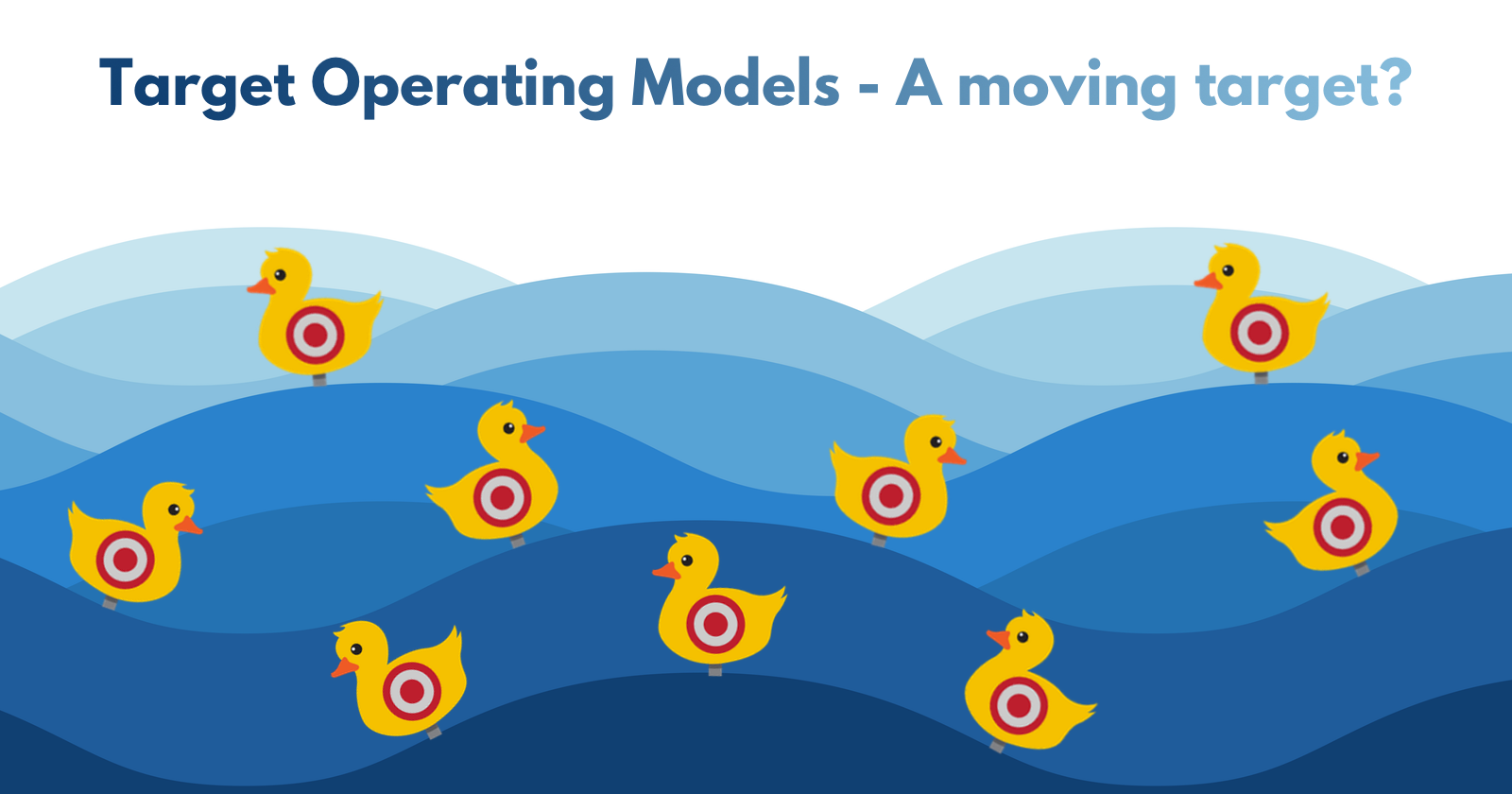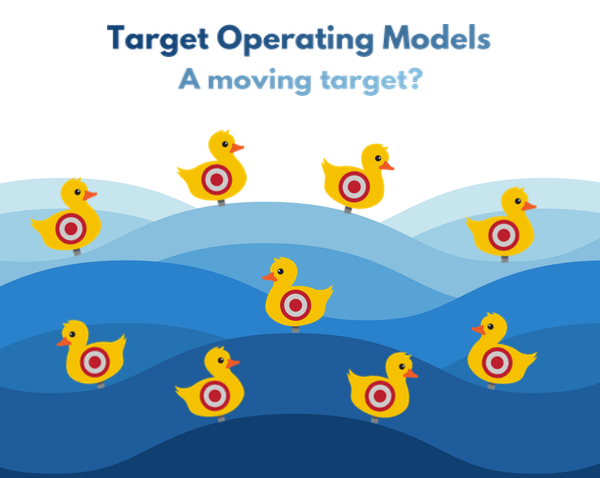For some time, industry commentators have been focussing on “industry change” and attempting to predict its consequences. Whilst some have concentrated on potential failure – suggesting slow-to-act firms will collapse without significant change, others have highlighted the potential the investment management industry has to add value to society, benefitting society ahead of its shareholders. Commentary is often focussed on the technology that might be adopted to maintain competitiveness in the future, and for sure, “Fintech” remains flavour of the month for investors, Governments and industry players alike whether their roles are directly related to technology or not. However, where commentary is lacking, is in the usage of such technology and perhaps the effect it is having and will continue to have on a firm’s operating model.

Adding new on-premise technology is rarely as simple as “just plugging it in” as might be suggested by the vendor and as technology emerges that has the potential to not only improve your operating model, but also fundamentally change it, the IT landscape might now be gazed upon with panic rather than admiration. Simply adding a new piece of technology to an operating model is rare. Such decisions aren’t made in isolation but instead through analysis and deliberate alignment with other elements within the Target Operating Model (TOM), which produces projects – cultural, operational, technology and so forth – to bring the organisation in line with the desired and agreed future state.
Consultants may have been hired – or you’ve allocated the responsibility to your own operational experts – and they’ve spent (probably) a good amount of time agreeing, drafting and re-drafting a document, for management to review and approve sometime in the nearish future for subsequent prioritisation, budget allocation and execution. Ignoring the obvious time-frame and the potential lost opportunity-cost associated with it, we’d argue that today, this process is a waste of time and that’s because success in the future requires investment management firms to take a much more flexible and iterative approach to both the products and service levels they offer and the way in which they provide them. A fixed IT landscape, regardless of its contents may not be able to deliver future need (as it’s unknown), so why expend resource building it? By its nature, the TOM is the model that the organisation is working towards – what they’re aiming for, but today, perhaps it’s a moving target that’s impossible to hit, so effort to do so seems a little futile.
If that’s the case and success is really based on flexibility and adaptability then the operating model needs to reflect that – i.e. instead of building one that delivers a set tasks and a fixed outcome, you need to build one that has agility and flexibility built in to deliver the changing needs of your client base without constantly requiring new technology, large change projects or taking significant time to deliver. The operating model also needs to be delivered with ever lowering risk.
Can that be applied to the wider organisation?
When the software landscape is flexible and agile enough to deliver changing needs and requirements, then a good assumption would be to assume the organisation will eventually have to do the same. The organisation itself also needs to be flexible and agile to deliver the needs of society (not just existing clients). To do so, and following on from the Operating Model, the firm itself needs to be created, or re-designed in such a way that allows it to shift, flex and re-form to ensure its performance is optimal when the marketplace changes, which it will.
The only way to do this is through the adoption of a networked Operating Model. A firm needs to concentrate on its expertise and then use any number of partners or suppliers to support it. This allows the investment firm to re-shape as required in a much easier and quicker way that can be achieved today and leverages the skill and ability of the supplier firms that too focus on their key skills and expertise.
So, for example, and in very basic terms, an investment manager focusses on investment decisions, but uses other expert supplier firms to provide services such as to settle trades, gather prices, undertake reconciliation activities etc. which fulfils the end-to end need of the client but streamlines the organisation and facilitates much greater efficiency. Scale is accommodated within the supplier firm and not within the investment firm – who can rely on a quality service governed by SLAs. Similarly, other expert firms can be used to provide IT systems, such as order execution systems, guideline checking systems and client reporting systems – where the investment firm wants to retain direct control over the function with its people using an externally provided IT solution. Selecting the right partners means the organisation can achieve “top of the class” provision, without the burden of requiring more manpower supporting, maintaining and developing the systems. Due to the efficiency and flexibility of the expert systems, scale and change can be achieved without a corresponding operational headache within the investment firm.
As a result of doing so, the individual players become better at what they do, because they concentrate on particular aspects and duplication of effort across the industry is reduced, streamlining flows and increased efficiency emerges. The industry changes that it brings about would still allow differentiation in products and service levels as each participant would still compete, but operationally, through adoption of ubiquitous technology, consolidation would eventually occur, creating larger hubs that service multiple clients through the same platform.
With regard to client and fund reporting, or any client-directed output, it would seem that it’s one of the first, and maybe easiest to outsource to an expert system provider. Data amassed by the investment manager can already be easily taken, re-worked and formatted to provide best-in-class client and fund reporting at a fraction of the cost (and time) of on-premise technology and large manual reporting teams.
Let Opus Nebula provide your reporting system. Reporting as a Service is cloud-based and provides a complete, scalable, flexible, and future proof client and fund reporting solution. Incorporating Reporting as a Service into your organisation design means you remain flexible to future client needs without the overhead of maintaining and developing the IT solution. Allowing you to focus on what’s truly important to your clients.
To find out more about Reporting as a Service and how it benefits firms like yours, visit our website at www.opus-nebula.com and contact us personally or via [email protected] to arrange a meeting and see a live demonstration of the system.
Andrew Sherlock
Opus Nebula

